
Today I got a notification from Google-analytics dashboard about huge access-rate for rangoli pics on Photo Journey and then I realized that many of the folks celebrating Pongal must be searching for rangoli designs and many of them may not really land up on our Diwali page, so thought of putting some designs which can also be used for Pongal celebration. Pongal is celebrated in south India which marks the start of sun’s six-month long journey northwards (Uttarayana). Pongal is celebrated on 15th January every year. Hindus consider the date as auspicious and mark this as the beginning of sun movement towards the zodiac Capricorn (Makarm Rashi).

Creating Rangolis on Pongal is one of the important activity. Pongal is one of the major celebrations in India and people celebrate it for about four days. The first day is called Bhogi. Many people burn and get rid of old household items and purchase new household items on this day. This marks the start of a new cycle. Isn't it a great opportunity for everyone

The second day of Pongal celebrations is called Perum, which is also known as Surya Pongal. Perum is most important day of Pongal. Many people worship the sun god, Lord Surya by offering prayers on this day. Many people also wear new clothes and women decorate houses with Kolam (designs) using rice flour and red clay.
Mattu Pongal is the third day and includes worshipping cattle because it is believed that cattle help give a good harvest.
The fourth day of Pongal celebration is called Kanum Pongal, which is when many people go on picnic and spend time with families and friends.







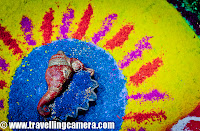


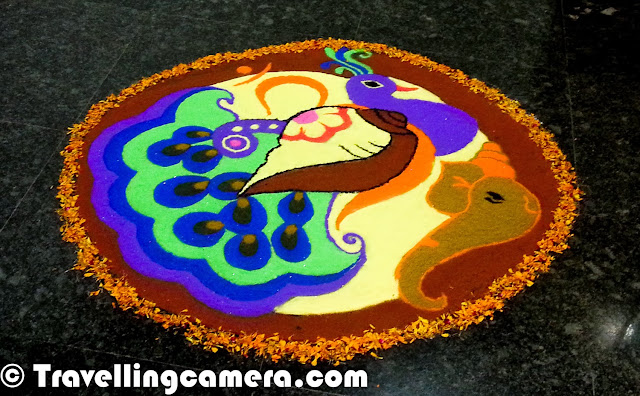




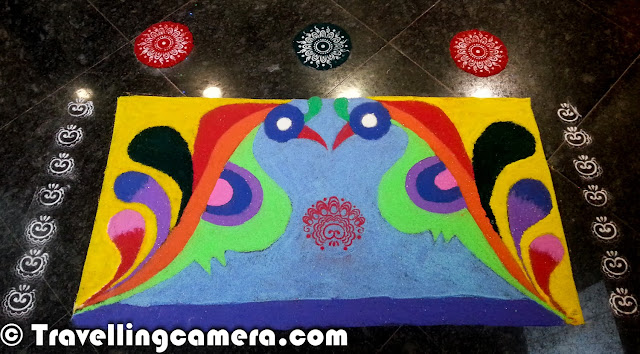

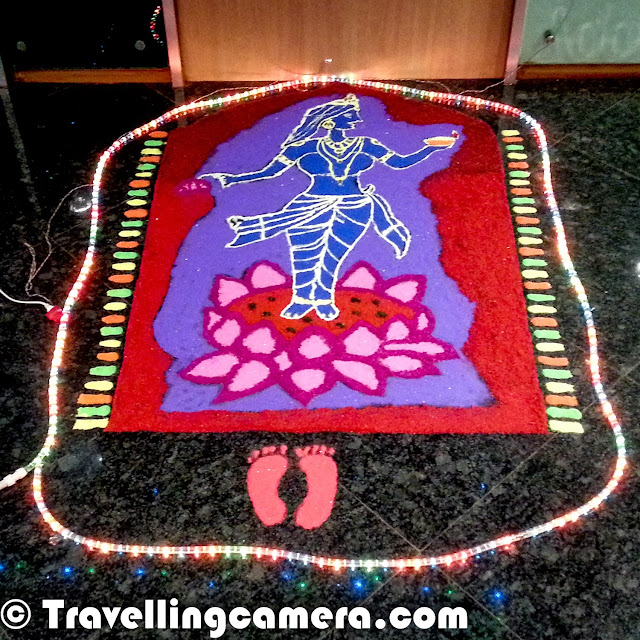


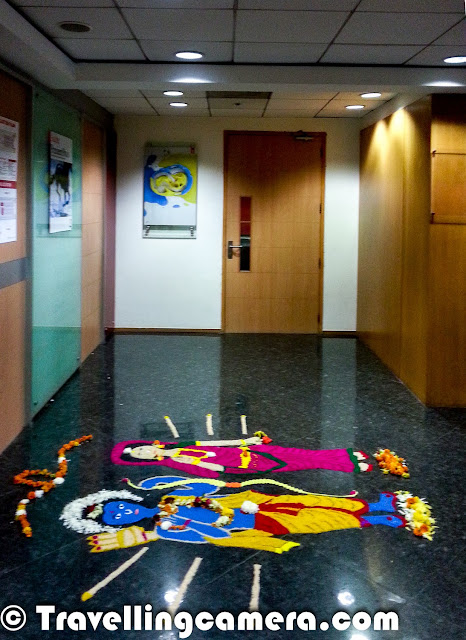























.jpg)
Comments